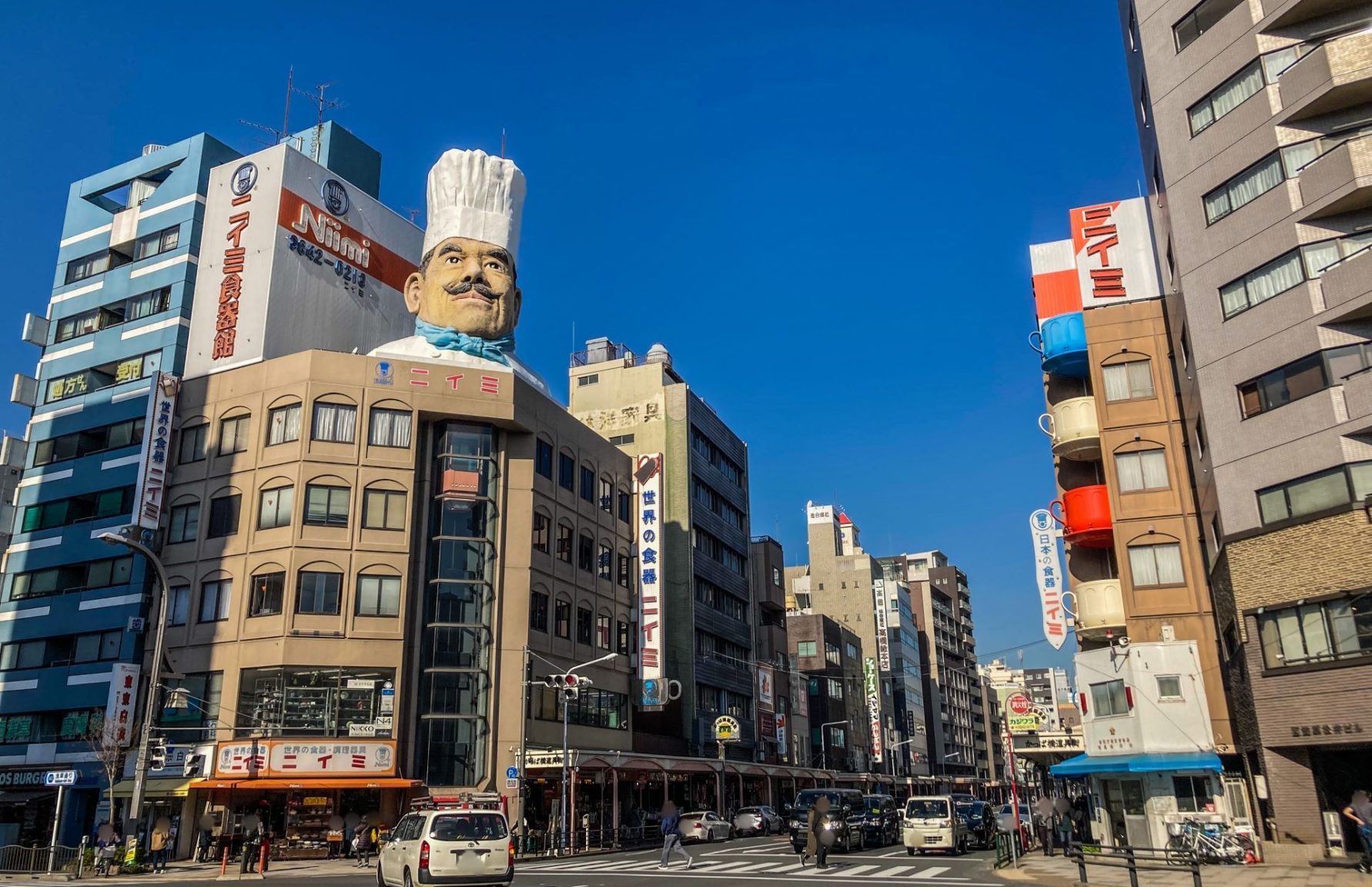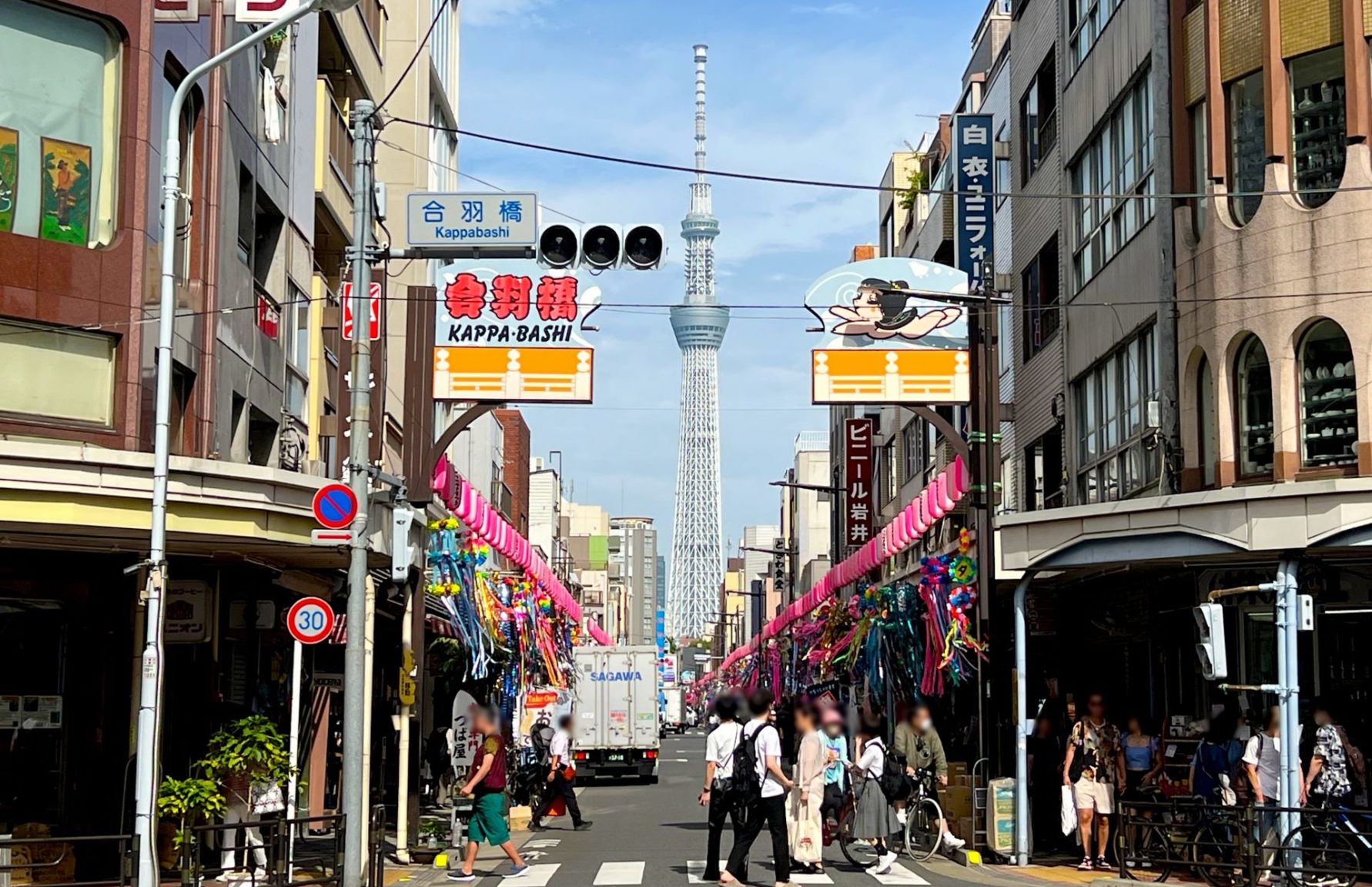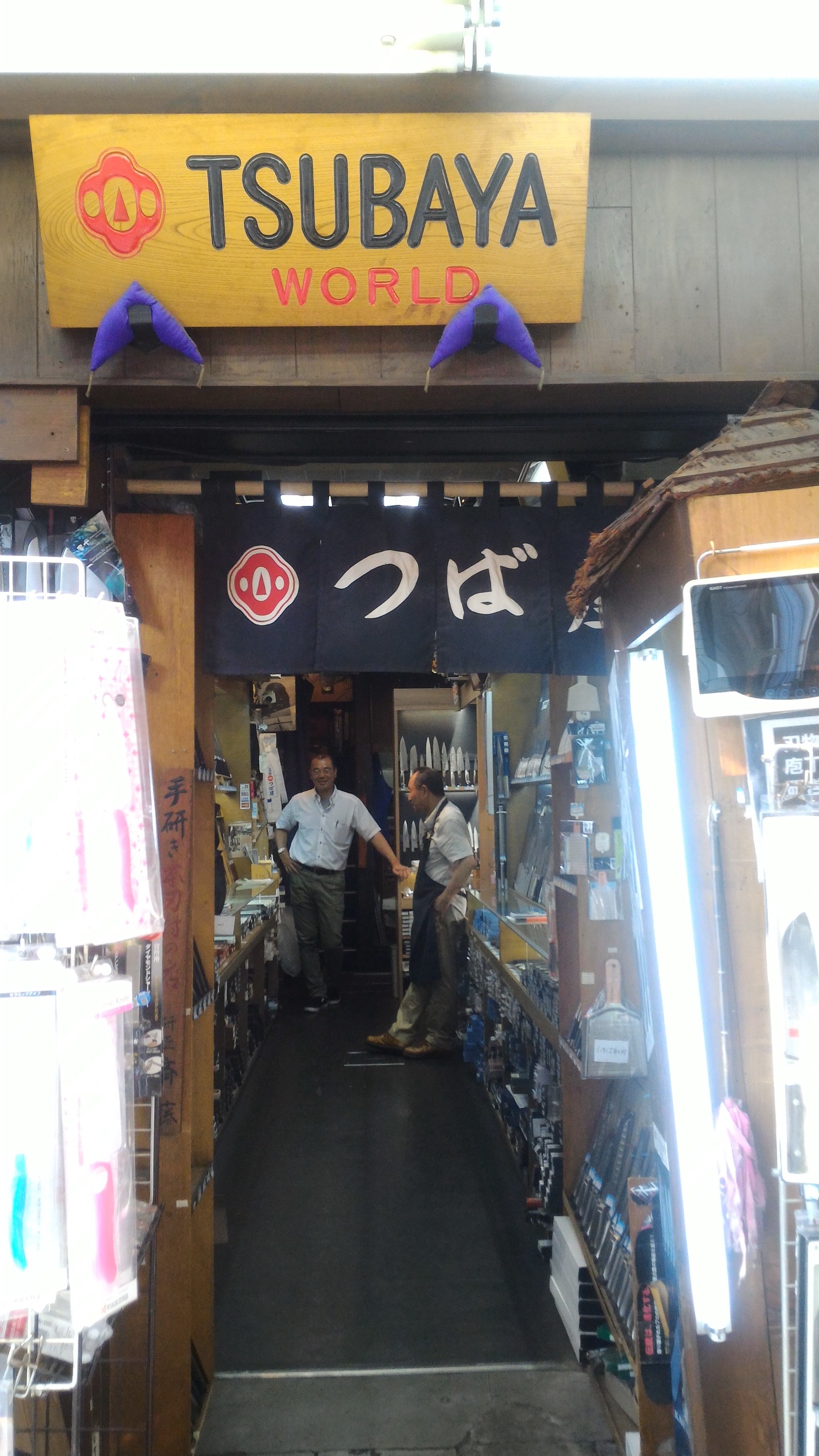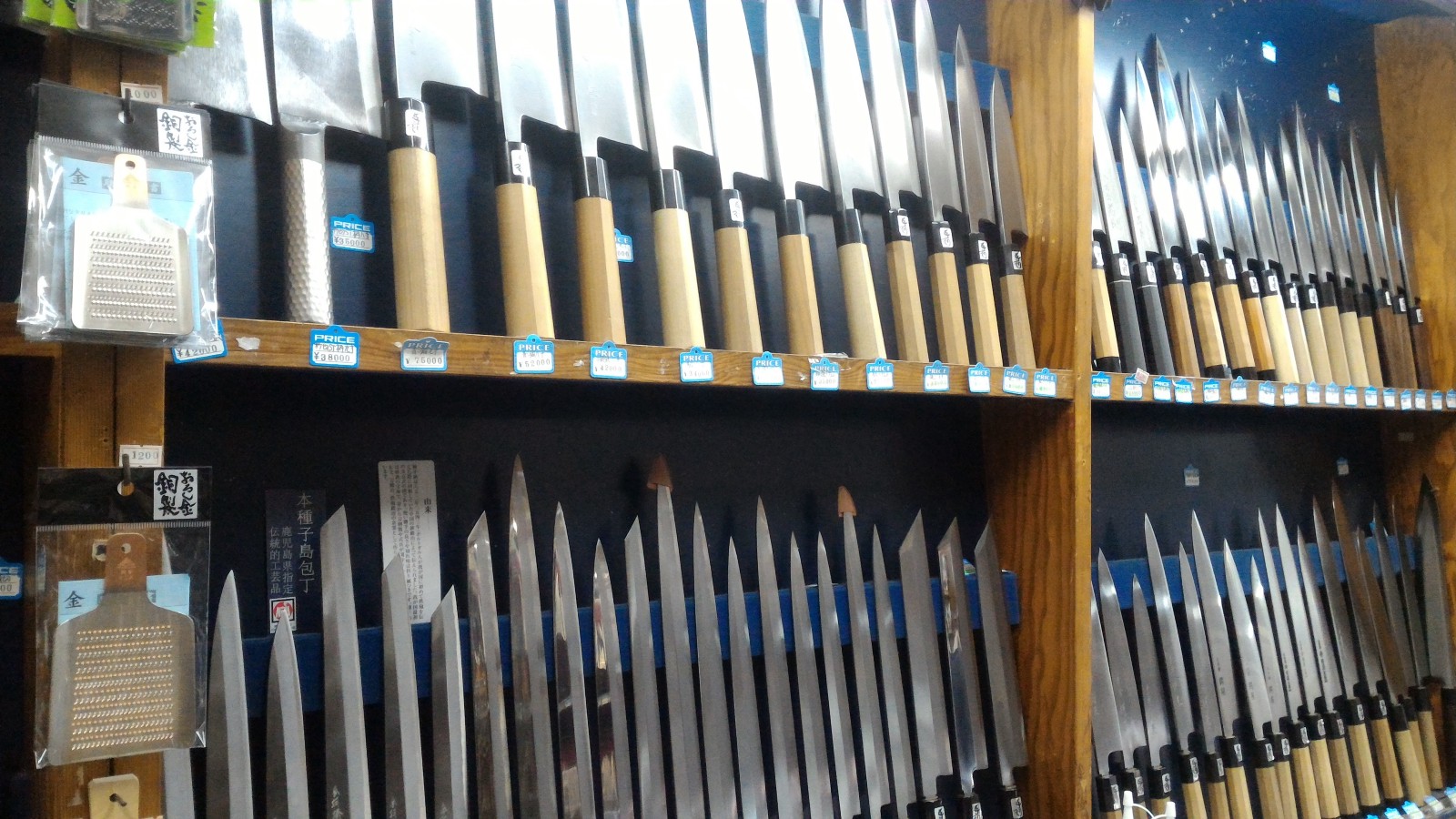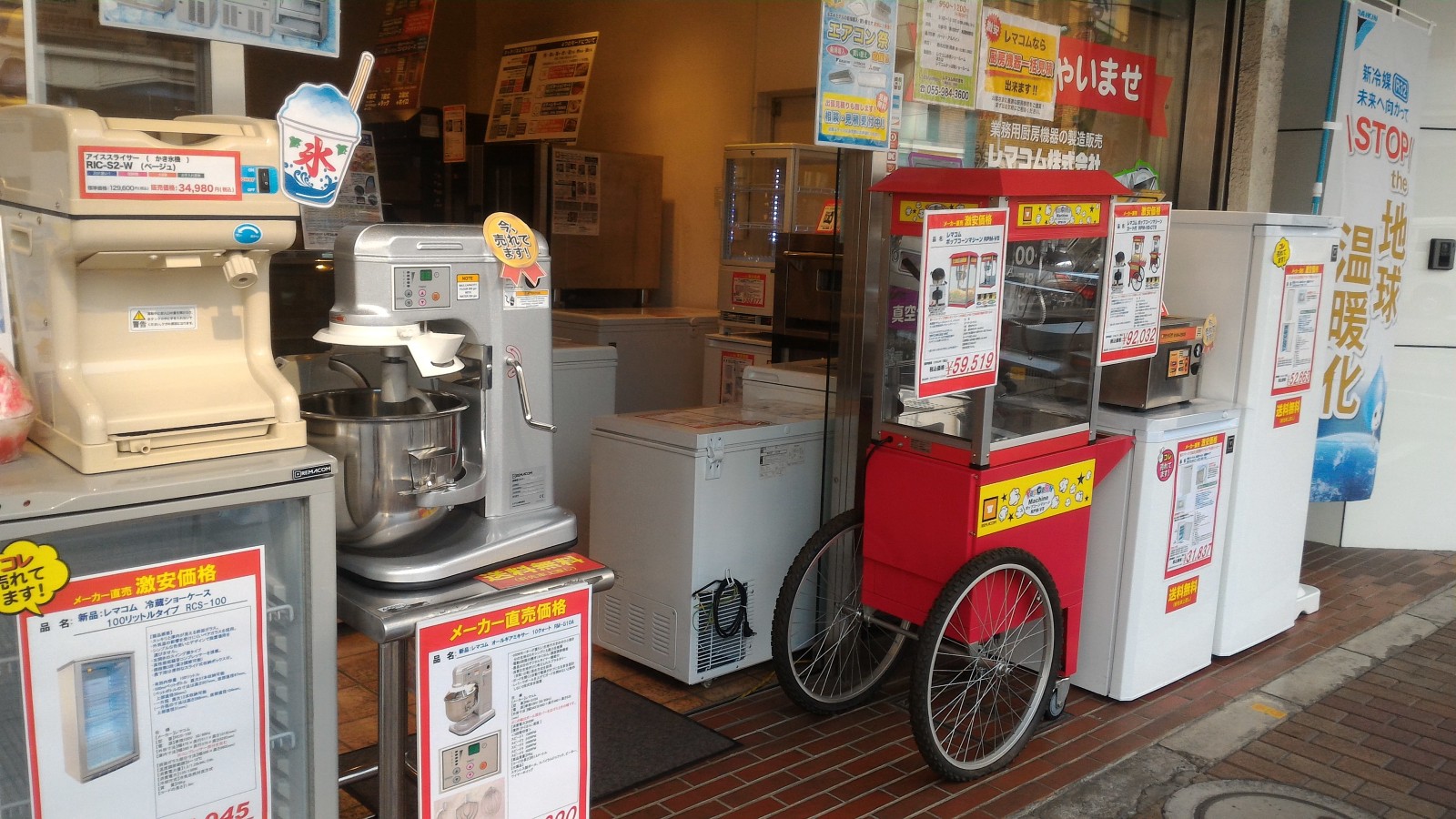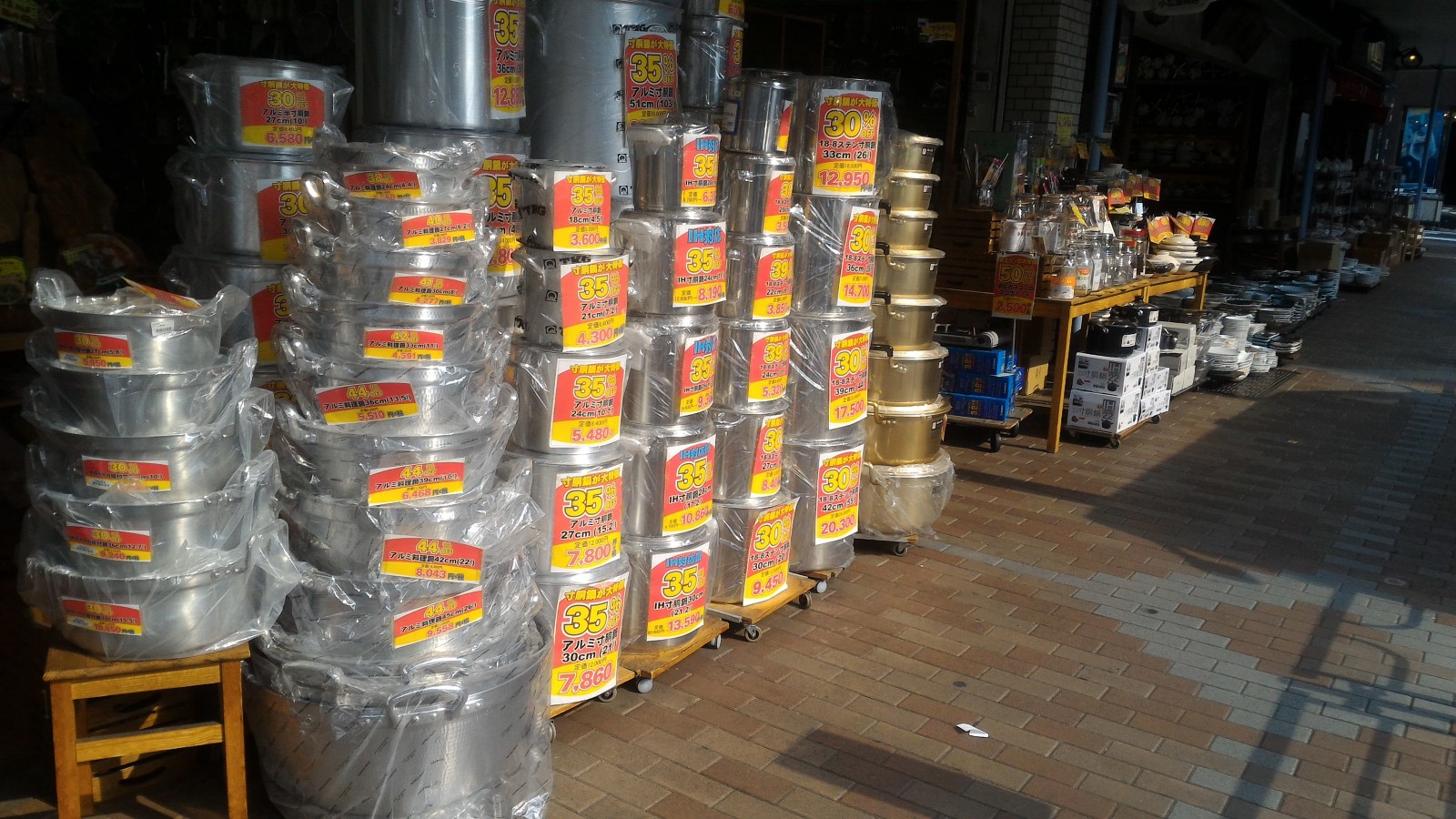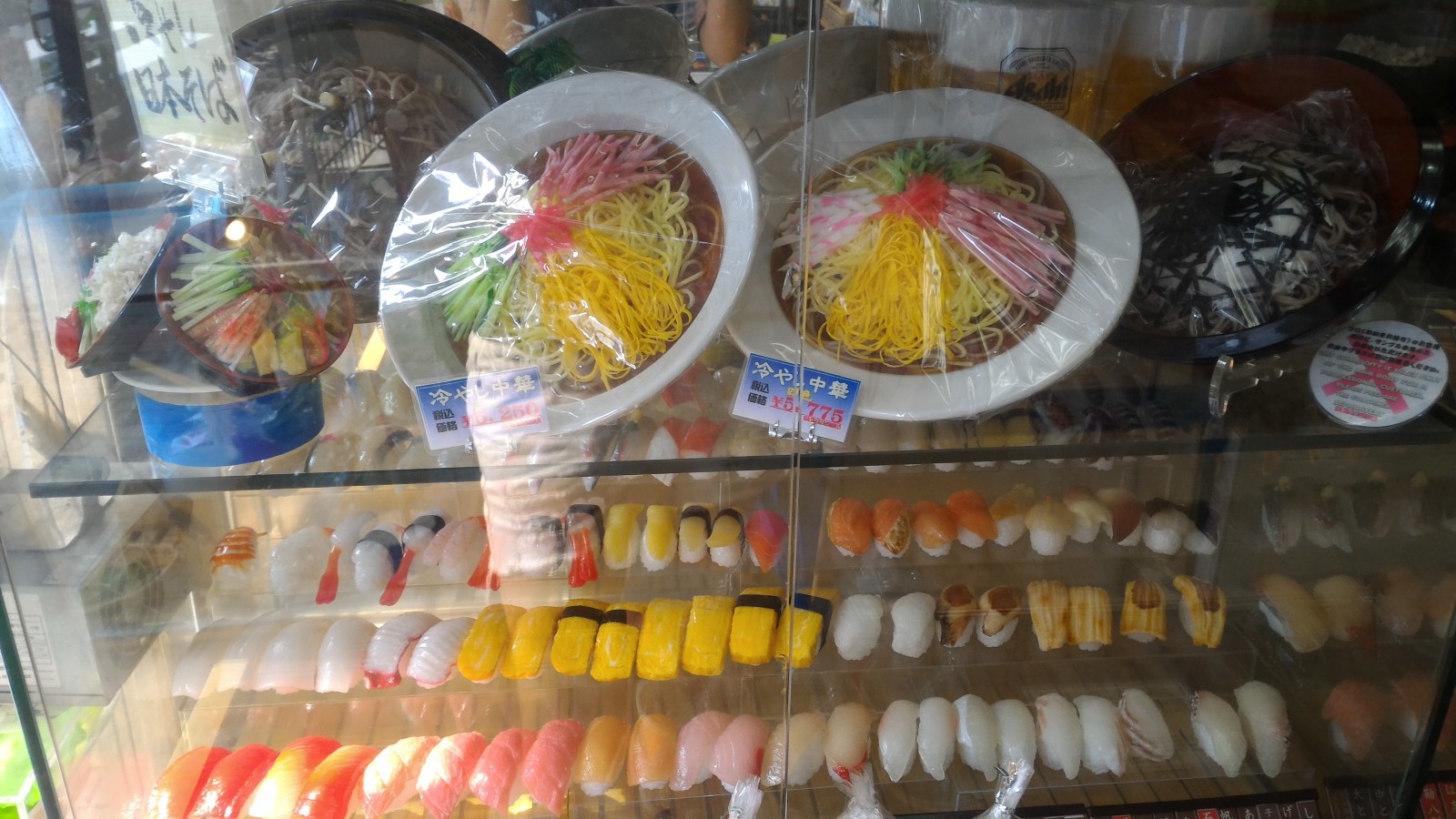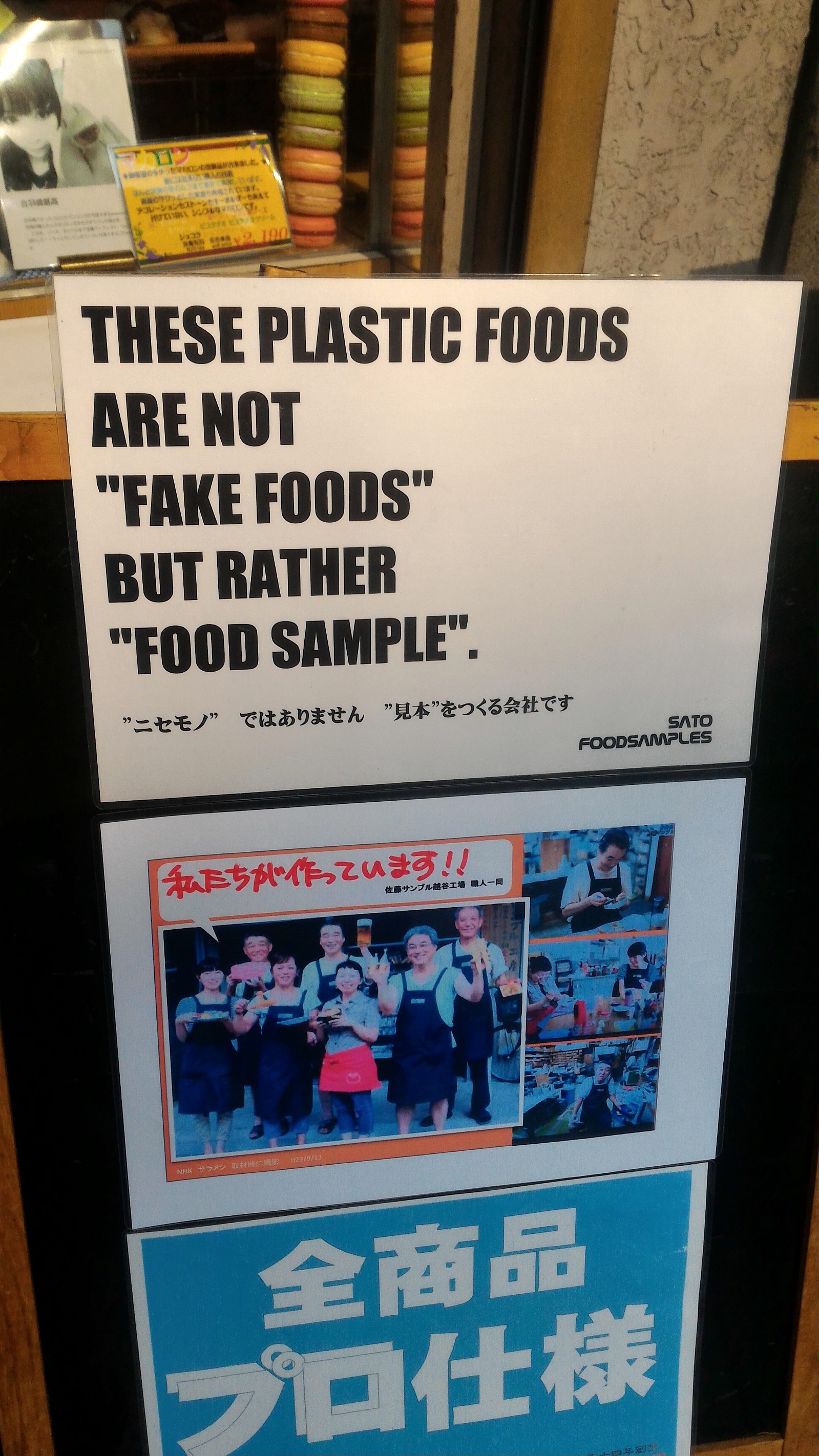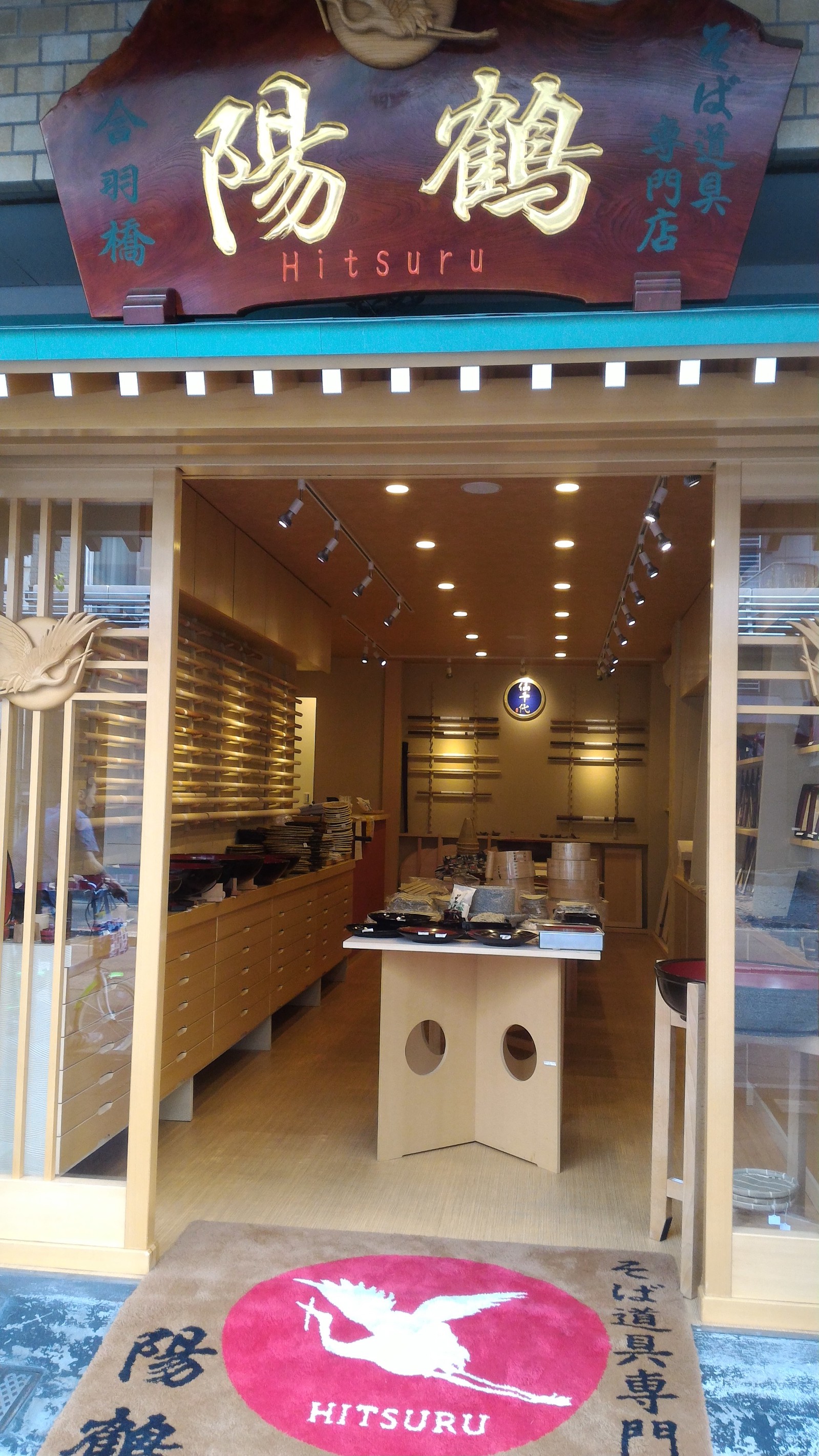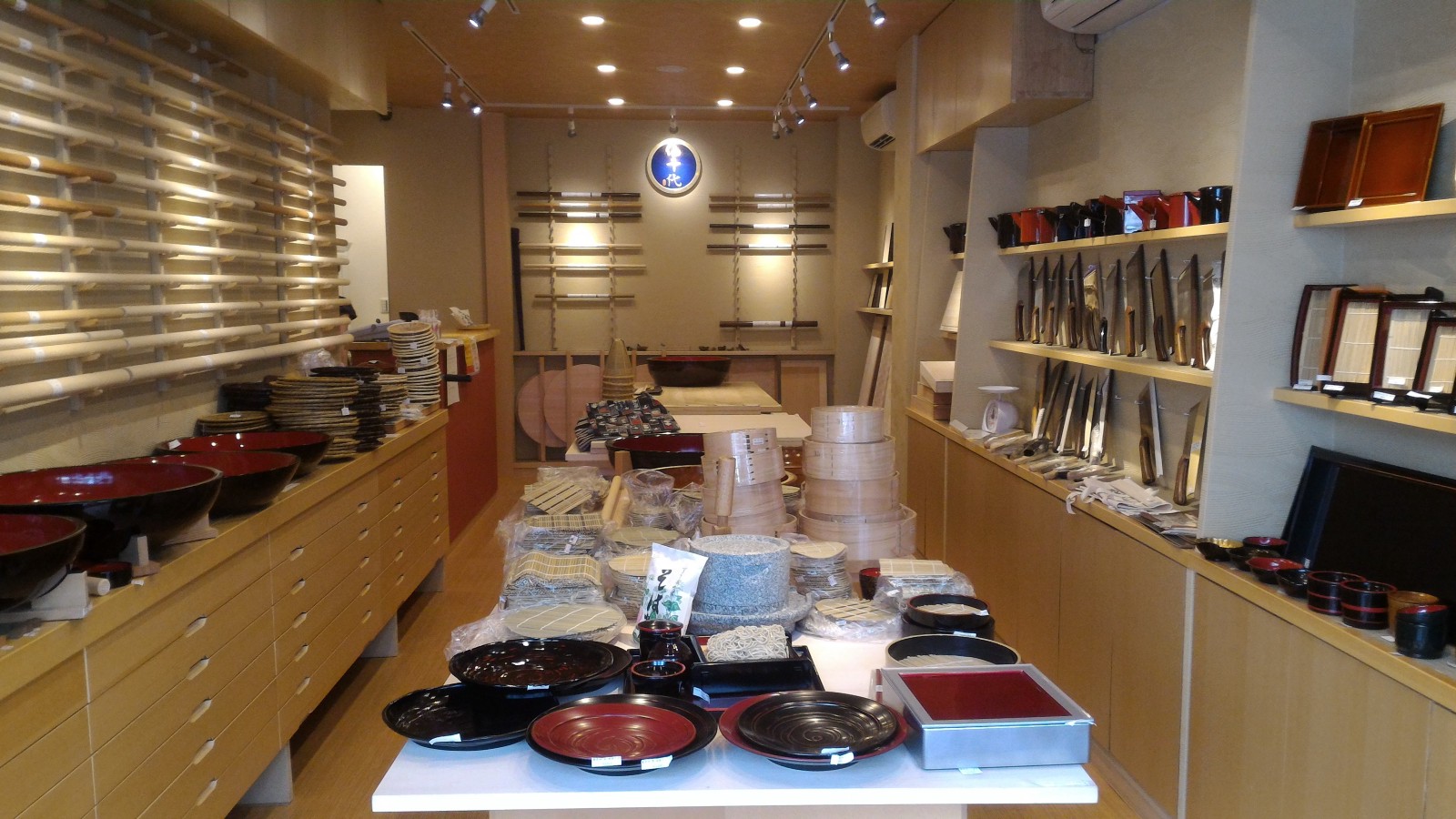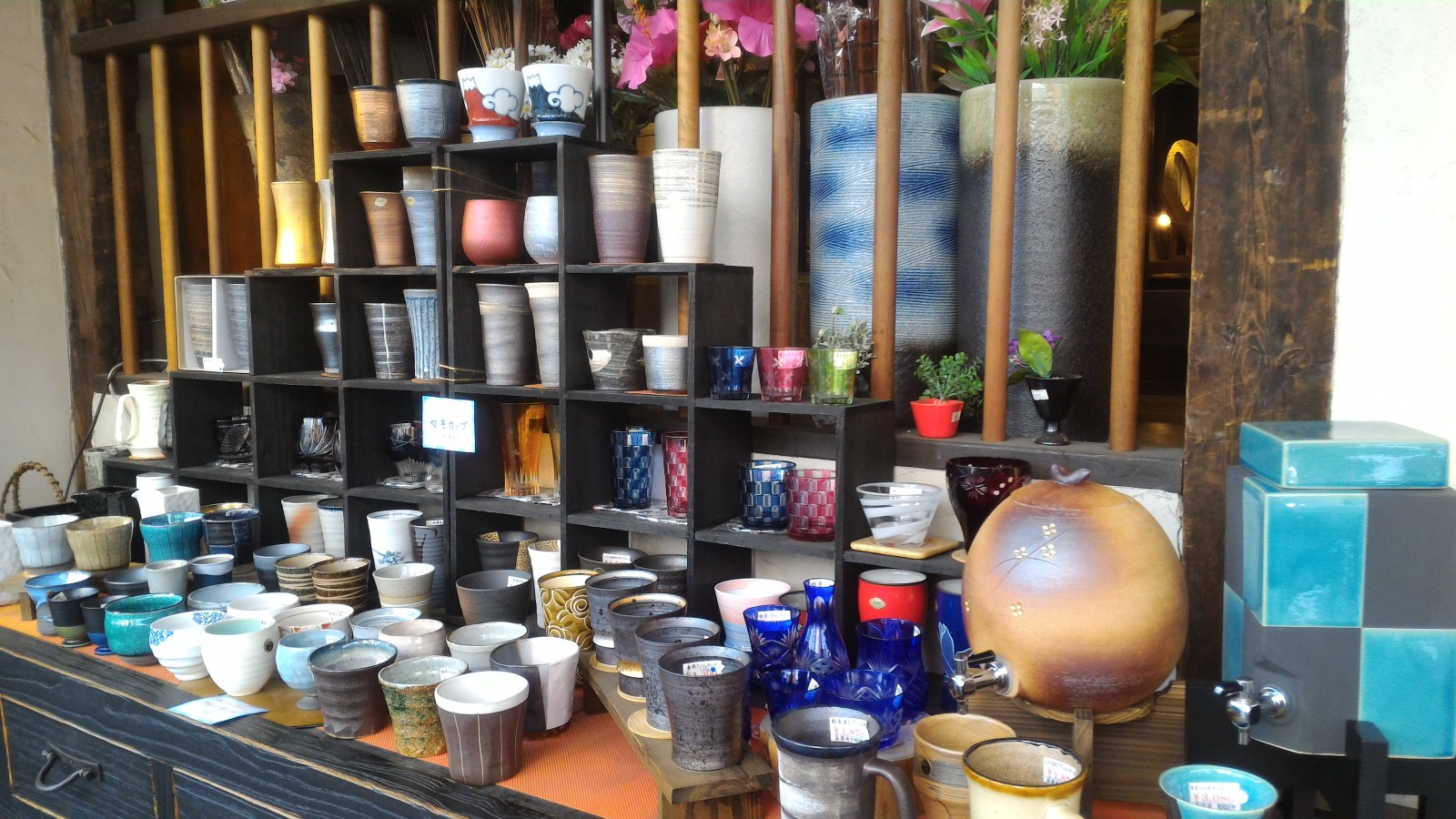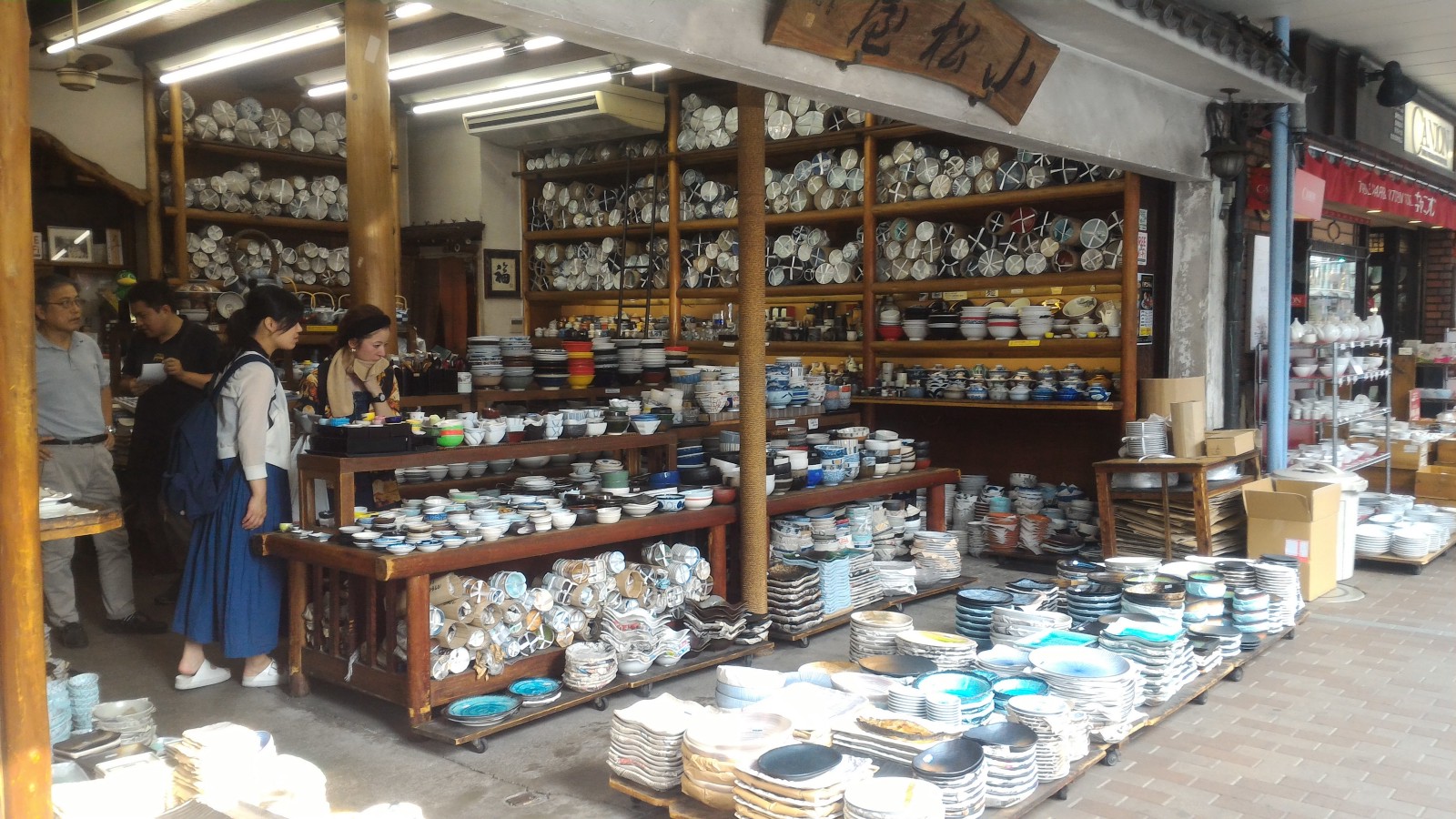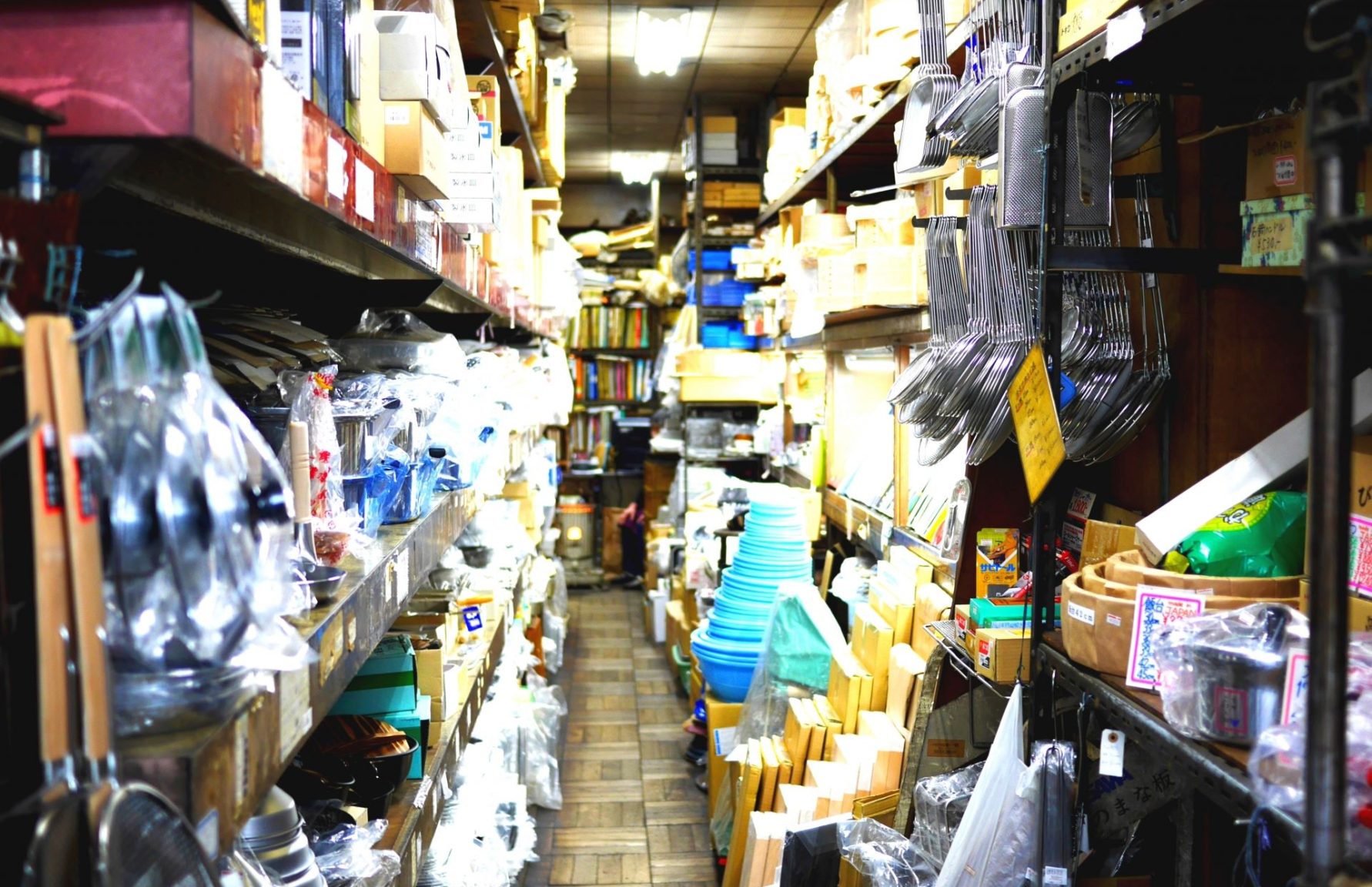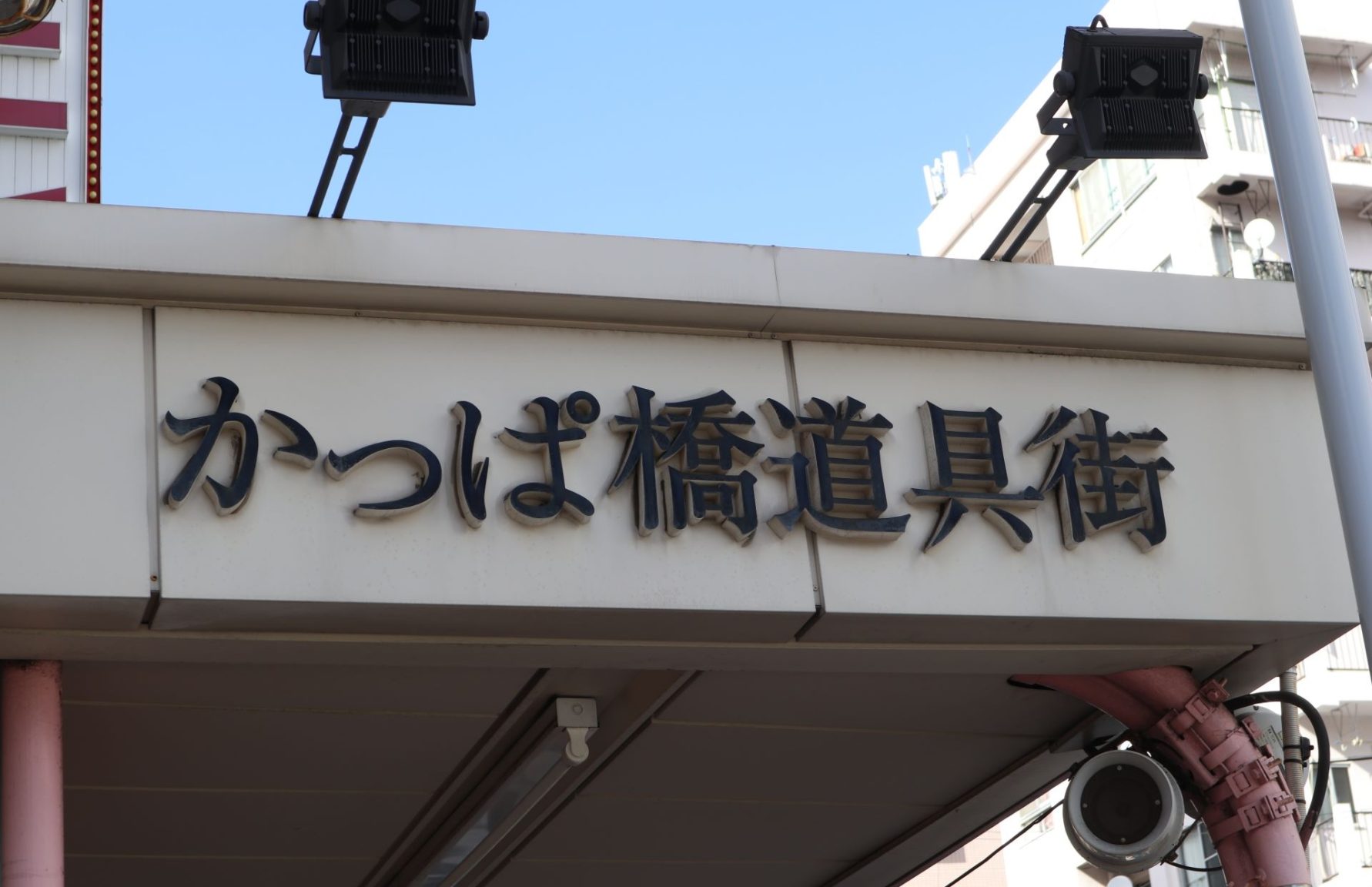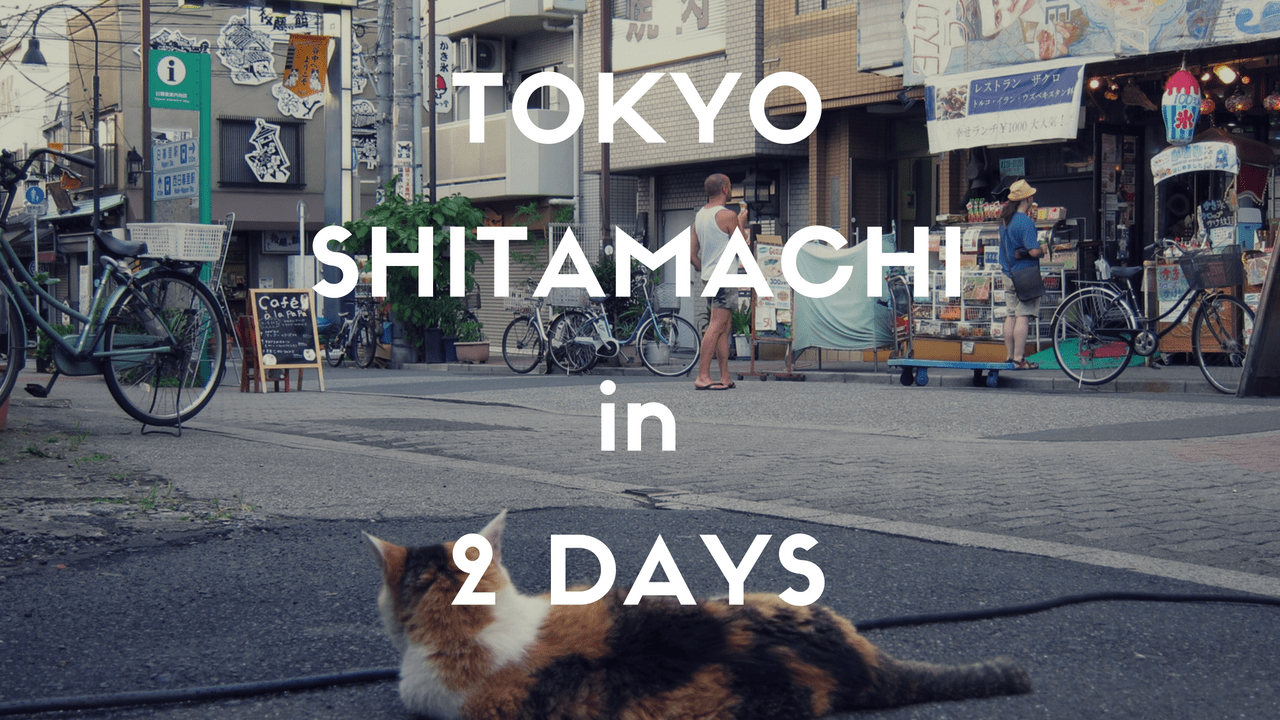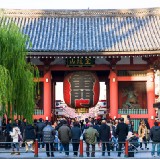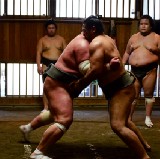KAPPABASHI : Best Street to Shop in Tokyo for Chefs!
Kappabashi Street: Find the best Japanese knives and kitchenware in Tokyo

Tokyo’s Kappabashi Street is where serious chefs go shopping and where home cooks and homewares enthusiasts lose all self-control. Located between Ueno and Asakusa, this kilometer-long stretch is packed with specialty shops selling everything from handmade Japanese knives to industrial-grade ramen boilers, with a side of beautiful and artisanal ceramic tableware from all over Japan.
If you’ve ever wanted to outfit a restaurant kitchen or just impress your dinner guests with a perfectly weighted soba noodle cutter, this is the street where that ambition gets real.
For a general overview of the Asakusa area, check out our All-in-One Guide to Asakusa.
*Please note that this article contains affiliate links.
What is Kappabashi?
Kappabashi (かっぱ橋道具街) is a well-known street in Asakusa that features over 170 shops selling a wide range of professional kitchen and restaurant products. The street has a vibrant downtown atmosphere, and the shops offer both Japanese and Western tools.
Many chefs and restaurant owners visit Kappabashi to purchase items for their businesses, as it boasts one of the largest selections in Japan. In addition to cooking tools, you can find spices, tables, chairs, signs, chef’s uniforms, food samples, and much more!
Even if you are not involved in the food industry or have little interest in cooking, you will be captivated just by strolling down this fascinating street!
Brief History of Kappabashi
Kappabashi’s roots stretch back to the early 20th century, when it first developed as a place to supply Tokyo’s booming restaurant industry. Officially called Kappabashi Dougu-gai (合羽橋道具街), literally “Kappabashi Tool Street”, this area started to attract merchants dealing in secondhand kitchen tools and restaurant supplies around 1912. Over the decades, it evolved into the go-to destination for every imaginable piece of kitchen equipment.
The origin of the name “Kappabashi” is part practical, part folklore. One theory links it to local raincoat (kappa) vendors who used to hang their wares to dry on the bridge (bashi) that crossed the nearby Shinhorikawa River. Another theory attributes the name to a local merchant, Kihachi Kappaya, who helped fund flood control efforts in the area, and his efforts allowed the neighborhood to thrive. A third and more whimsical interpretation involves the mythical water-dwelling creature kappa, which explains the many playful statues and mascot designs found along the street today.
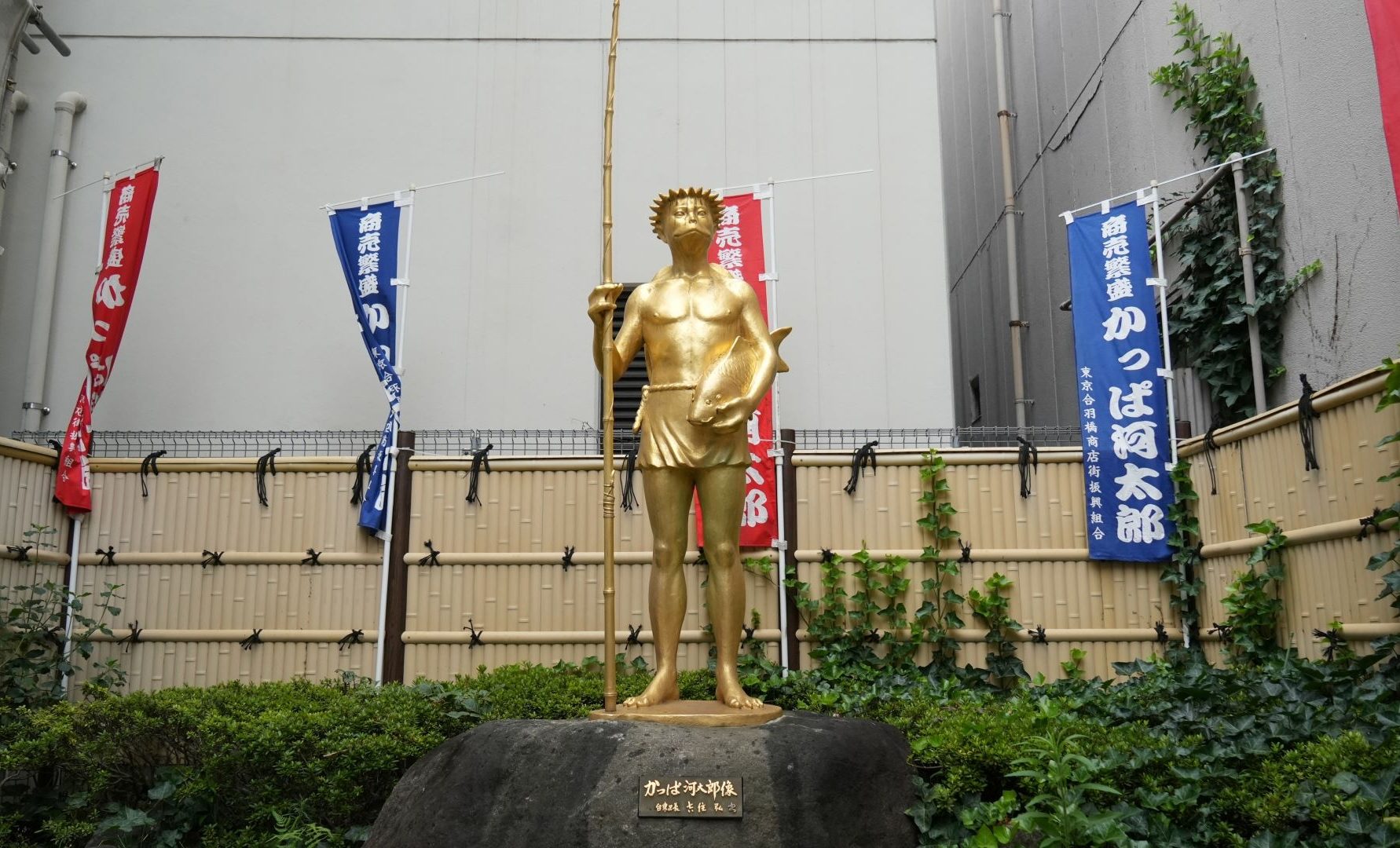
Regardless of which version you believe, Kappabashi’s legacy is tied to function over flash. It grew not because it was charming but because it was essential for the local businesses. Today, it remains a rare example of a commercial district that has modernized without losing its original purpose.
Best Things You Can Do in Kappabashi
1. Find Your Best Knife
Japanese knives are renowned as some of the finest kitchen tools available, and many chefs from around the world travel to Japan to discover the best options. Numerous long-established knife stores can be found on Kappabashi Street. There are various types of knives designed for different purposes, such as slicing fish, cutting meat, and preparing noodles. Among these, the most popular type is the Santoku knife (which means “three virtues”), well-suited for general use.
2. Explore and Discover What Else Is for Sale
You might be surprised by the variety of items available in the shops on Kappabashi Street. This street features stores that sell nearly everything related to the kitchen and food industry, specifically for professional use. While some of the items may be unfamiliar to many of us, it can be quite enjoyable to watch and guess their purpose!
3. Check Food Samples
One of Kappabashi’s most photographed—and most misunderstood—attractions is its hyper-realistic food replica samples. Originally developed as display tools for restaurants in the early 20th century, these wax and plastic creations were designed to help non-literate customers understand what was on offer. Today, they’ve become both a marketing staple and a minor art form.
Shops like Ganso Sample and Iwasaki Be-I are masters of the craft, offering everything from fake bowls of ramen to melting parfaits and dripping curry rice, each made with such uncanny detail they often fool the eye. Many stores offer DIY workshops where visitors can try making their own tempura or lettuce leaf out of wax, making this one of the few souvenirs you can actually help create.
They may be fake, but the obsession with realism is very real. You can also find these samples in miniature version or as key-holders, perfect for little souvenirs!
4. Get the Finest Tools Only in Kappabashi
Some shops in Kappabashi specialize in specific items. For example, the Hitsuru shop exclusively sells tools for making soba (buckwheat noodles). If you’re searching for unique and rare items that might be hard to find outside of Japan, Kappabashi is the place to visit!
5. Enjoy Shopping for Japanese Essentials
If you are not so into cooking tools and would rather prefer to do general shopping in Tokyo, don’t worry! Kappabashi also has many shops selling a huge selection of Japanese tableware such as plates, teapots, cups, chopsticks and so on. Enjoy shopping for must-buy Japanese items in Kappabashi!
Kappabashi Business Hours and Best Times to Visit
Kappabashi Street operates primarily as a commercial district catering to restaurant professionals. Consequently, many shops open around 10:00 AM and close by 5:00 PM, with some variations depending on the establishment. It’s advisable to plan visits during these hours to ensure access to the majority of stores.
Sundays and public holidays see a significant number of shops closed, reflecting the area’s focus on serving business clients. While Saturdays are generally more active, with many stores open, it’s still prudent to check specific shop schedules if you have particular destinations in mind.
For the most comprehensive experience, visiting on a weekday between Tuesday and Friday is recommended. This timing aligns with standard operating hours and ensures that the widest array of shops will be open.
How to Get to Kappabashi
Kappabashi is conveniently located within walking distance from both Asakusa and Ueno, so you can easily arrive from several stations:
- Tokyo Metro Ginza Line: Tawaramachi Station (3-min walk to the southern end of Kappabashi)
- Tsukuba Express Line: Asakusa Station (5-min walk)
- Tokyo Metro Hibiya Line: Iriya Station (8-min walk to the northern end of Kappabashi)
- Toei Asakusa Line/Tokyo Metro Ginza Line: Asakusa Station (13-min walk)
- Tobu Line: Asakusa Station (13-min walk)
See the best highlights of Asakusa near the Kappabashi area in one day! One of the best walking tours in Tokyo, Asakusa Cultural Walk & Matcha Making Tour by Magical Trip takes you to explore the history and traditions of Asakusa 😉
For more information around Kappabashi, please check out these articles below, too!
Written by
"The world is my oyster." As a dedicated globetrotter and hammock enthusiast, I’ve spent years chasing new experiences, collecting stories, and discovering the world’s most incredible destinations. Born and raised in Japan, I’ve always had a deep connection to my roots, but my love for adventure has led me to spend over a decade exploring countries across the globe—from culture-rich cities to remote hideaways.
Travel isn't just a hobby for me; it's a lifestyle. I'm constantly searching for new ways to fuel my wanderlust. Over the years, I’ve developed a wealth of knowledge and a treasure trove of tips that make traveling more enjoyable, practical, and meaningful.
Through my experiences, I've come to appreciate not only the beauty of travel but also the importance of understanding diverse cultures, embracing the unfamiliar, and stepping out of my comfort zone. My travels have shaped who I am today, and I’m excited to share those lessons with others.
With Japan Web Magazine, I aim to offer practical advice, insider tips, and firsthand stories that help travelers navigate their journeys to Japan or setting off on a global adventure. From hidden gems in Japan to travel hacks that make any trip smoother, I hope my insights inspire you to embark on your own adventures and make the most of every moment. Let’s explore the world together!
You can also find my stories here ▶ https://medium.com/@nahobm





